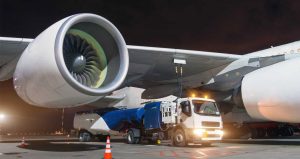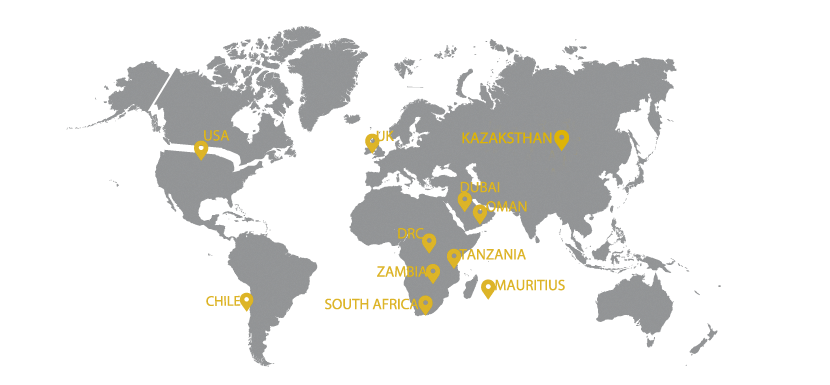
Aviation jet fuel is petroleum based fuel, or petroleum and synthetic fuel blend, used to power aircraft. They have more stringent requirements than fuels used for ground use, such as heating and road transport, and contain additives to enhance or maintain properties important to fuel performance or handling. It is designed for use in aircraft powered by gas–turbine engines. It is colorless to straw-colored in appearance. The most commonly used fuels for commercial aviation are Jet A and Jet A–1, which are produced to a standardized international specification. The only other jet fuel commonly used in civilian turbine engine powered aviation is Jet B, which is used for its enhanced cold weather performance.
Jet fuel is a mixture of a variety of hydrocarbons. Because the exact composition of jet fuel varies widely based on petroleum source, it is impossible to define jet fuel as a ratio of specific hydrocarbons. Jet fuel is therefore defined as a performance specification rather than a chemical compound. Furthermore, the range of molecular mass between hydrocarbons (or different carbon numbers) is defined by the requirements for the product, such as the freezing point or smoke point. Kerosene–type jet fuel (including Jet A and Jet A–1, JP–5, and JP–8) has a carbon number distribution between about 8 and 16 (carbon atoms per molecule); wide–cut or Naphtha – type jet fuel (including Jet B and JP–4), between about 5 and 15.
Aviation jet fuel is commonly referred to as JP54. However, this is the wrong terminology as there is no such grade of Jet Fuel. Jet A and Jet A–1 are what refineries offer. Aviation Jet fuel Gas is what powers turbine aircraft engines. Worldwide, Jet Fuel is the most used low Sulphur content Kerosene. For instance, Colonial JP54 is similar to Jet A except the energy is 18.4 mj/Kg compared to the 42.8 MJ/kg of Jet A. Most importantly there is also a slight difference in additives.


